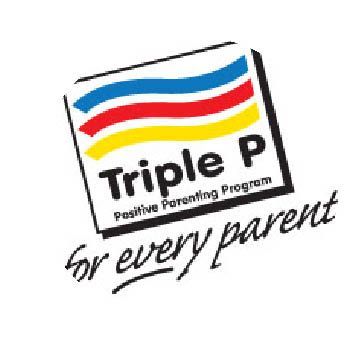
RELIEVING HOLIDAY STRESS
During a normal year, parents start to feel tension and stress surrounding the holiday season. Presents need to be purchased, activities planned, Christmas cards sent and holiday gatherings need to be organized. And this year, families are dealing with added anxiety – should we get together with family due to the pandemic? If we do get together, how many should gather?
The most enjoyable season of the year sometimes turns into a miserable experience – much of that misery is brought on by the expectations our kids, families and ourselves place on celebrating so many seasons at once – Thanksgiving, Hanukkah, Christmas, Kwanzaa and New Year’s. After all, every movie, commercial and song tell us to be happy.
Can we achieve happiness and enjoy the holidays? Yes, we may just need reminders or new tools to help us through. Child and Adolescent Behavioral Health is offering four, one-on-one half hour sessions where parents can pick the topic to discuss a specific concern with our clinical experts. These sessions are FREE and available to any family in Stark County with a child age 2-12. These sessions and they can be done in-person in your home or through Zoom.
WORK-FAMILY BALANCE STRATEGIES
A work/family balance has been a struggle for parents long before a pandemic added extra pressure and stresses into the mix.
Today, parents are working from home; children are learning virtually and need extra help with homework; scheduling zoom gatherings with family and friends; and monitoring the overall mental health of kids.
Taking a break to care for yourself and family is increasing by difficult during these times. The road ahead the next few months may be even tougher. Child and Adolescent Behavioral Health is offering four, one-on-one half hour sessions where parents can pick the topic to discuss a specific concern with our clinical experts. These sessions are FREE and available to any family in Stark County with a child age 2-12. These sessions can be done in-person, in your home or through Zoom.

To learn more about how C&A’s expert clinical staff can help you through juggling all your responsibilities and holiday stress, call 330-433-6075 and ask for Larissa Haring; email Larissa at lharing@childandadolescent.org or use the Remind App, text @triplepca to 81010.
RECENT POSTS














